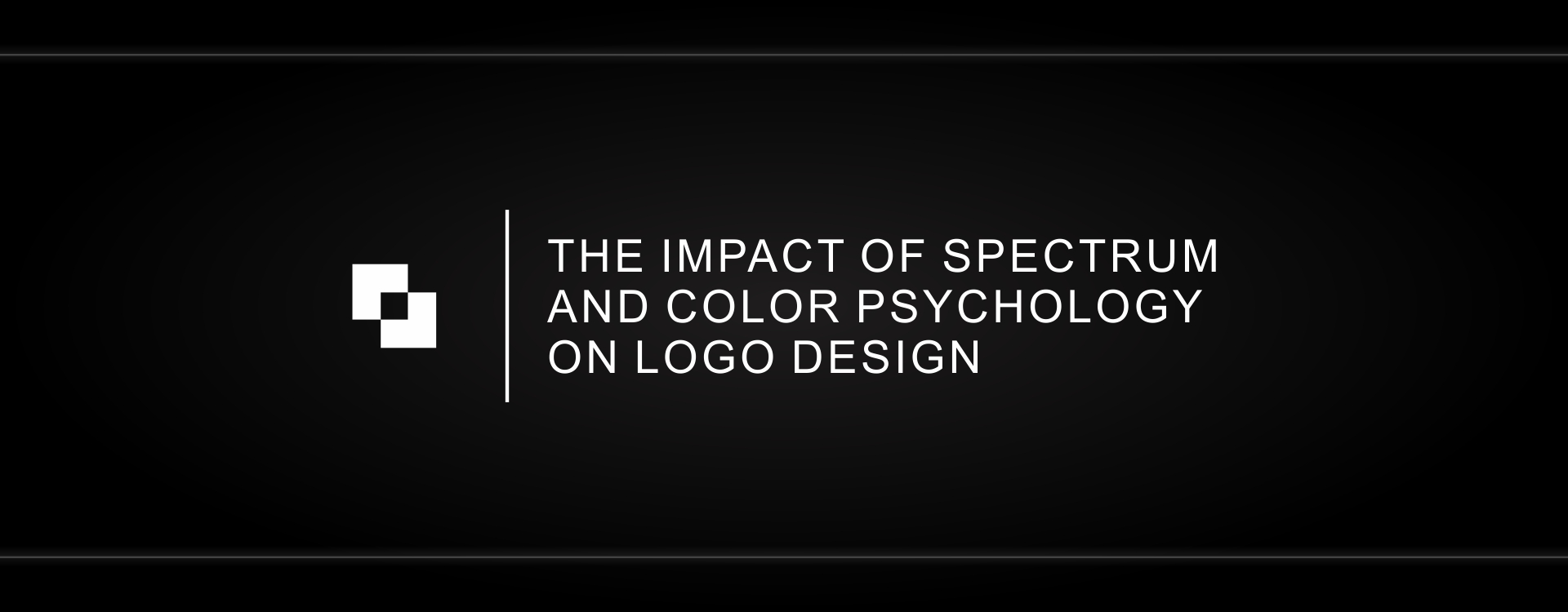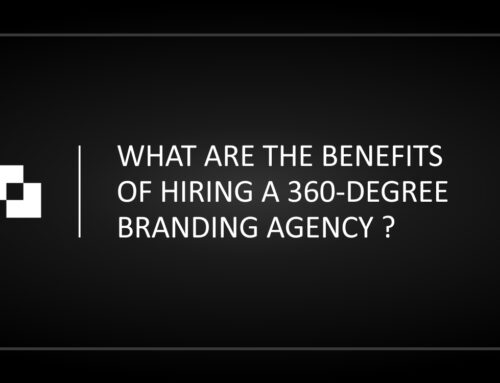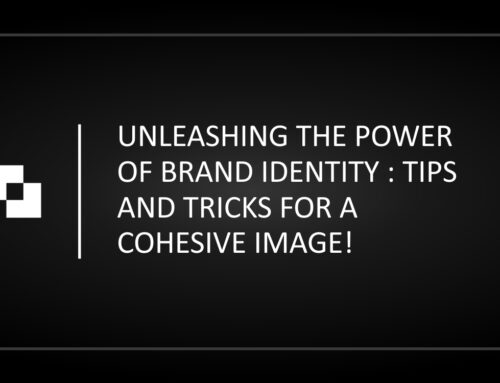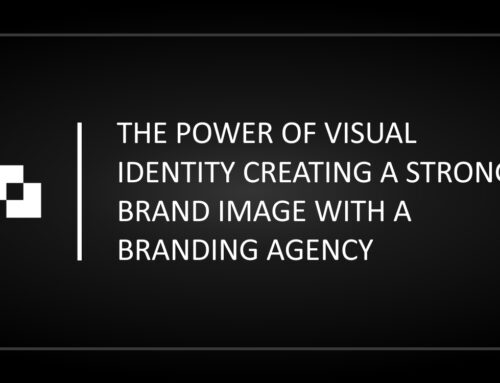You come across thousands of logos on a daily basis, but have you ever wondered why some logos stick around in your head for a longer time than others?
It happens because companies spend a lot of money making their logo as unique as possible. Kalavid Advertising is one such branding agency in Rajkot, which assists you in making a unique logo that’s specific to your brand.
A logo to you might seem to be a unique emblem/shape that your favourite brand uses to identify itself with its customers, but logos aren’t all about shapes only. They also consist of colors that are specifically picked out in order to evoke certain emotions. Color Psychology is the field concerned with how colors impact our thinking.
Read on to know how Color Psychology affects logo design!
Different Brands, Different Colors
Have you ever noticed why Subway, Land Rover, and TicTac use the color green for their logos? It is because of the fact that our mind associates the color green with nature and health.
All three brands mentioned want you to think of nature and health when you use their products.
For example, TicTac wants you to think that its product, a low-calorie candy, is diet-friendly, Subway wants to market itself as a fast-food chain that uses healthy ingredients, and Land Rover wants you to use their vehicles for off-roading and exploring nature.
All brands want to market their line of products in a specific way, and they heavily use logos to do so.
Let’s take another color, say black.
Brands that want to exude luxury use black and shades of black in their logos to do so. Premium brands such as Apple, Bentley, and Rolls Royce want consumers to think that their products are top-notch, limited, and only for the audience’s crème-de-la-crème.
Here are some widely used colors in logos and what they signify
Red: Signifies Passion, Love, Power, and Confidence. Used by brands such as Coca-Cola, Mitsubishi, and KFC (all of these brands are at the apex of their respective fields).
Orange: Signifies Energy and Playfulness. Used by brands such as Nickelodeon, Fanta, and Buffalo (all of these brands want to target younger audiences).
Yellow: Optimism, Clarity, and Warmth. Used by brands such as McDonald’s, IKEA, and Chevrolet (these brands want to invoke a feeling of warmth related to family).
Green: Peace, Health, and Nature. Used by brands such as Animal Planet, Land Rover, and Subway (all of these brands have something to do with Health and Nature).
Blue: Dependability, Strength, Trust. Used by brands such as Dell, Pfizer, and General Electric (all of these brands want to give off a feeling of trust and dependence)
Pink: Optimistic, Innovative, Creative, and Childish/Feminine. Used by brands such as Barbie and Myntra (these brands want to associate themselves with the feminine audience).
Black: Modernity, Sophistication, and Luxury. Brands such as Apple, Puma, and Nike use black in their logos (these brands want to radiate a sense of fineness and luxury).
The Psychology of Logo Design
Whether you’re outsourcing your logo design to a creative advertising agency or simply trying to form a logo on your own, you need to keep a few things in mind.
What message would you like your logo to impart? How do you want people to feel when they see your logo?
One of the key concepts to keep in mind while designing a logo is Symbolism.
Did you know that it only takes about 10 seconds for consumers to form an impression from a logo? Therefore, using strategic symbols can be advantageous to convey a message immediately.
Symbols are often a part of our collective consciousness. Whether they appear as specific shapes, images, or written marks, they have universal meanings and associations.
Keeping this in mind while you design your logo (or outsource it to a logo-designing agency) will help you communicate your brand’s message with more nuance.
Logos form a lasting impression
Logos etch unto the consumers an impression of your brand, and they’re also specific to every brand. Therefore, they should be appropriately designed not to confuse the consumer.
For example, a manufacturer of pharmaceutical products and wheelchairs catered mainly to the senior population should be more inclined towards using the color blue in their logo rather than orange. This is because, as mentioned earlier, blue signifies dependability, trust, and strength, and orange inclines more toward energy and playfulness.
Associating the qualities that you want your brand to exude through your logo’s color can help you better target the selected audience (senior citizens, in this case).
To make sure that your designed logo reaches the target audience, you must outsource it to a reputed branding and advertising agency. These agencies specialize in advertising and marketing, which can further help you build your brand.
Conclusion
A logo serves as the face of any given brand, and we’re often quick to judge what a company offers by just looking at its logo. On the other side, companies also work hard in order to create a logo that’s memorable and conveys precisely what they plan to offer to their consumers. If you need help finding a high-quality logo for your brand, Kalavid branding agency in Rajkot which is can help you with just that.




